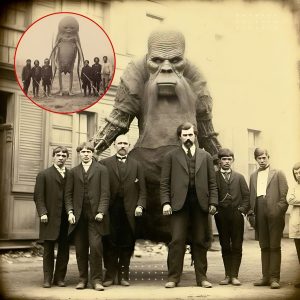
Gordon Park, located along the shores of Lake Erie in Cleveland, Ohio, has been a significant recreational area for the city’s residents since its establishment. The park, named after philanthropist William J. Gordon, who donated the land to the city in 1893, has seen numerous changes and developments over the years. One of the most notable features of the park is its historic bathing pavilion.
Early 20th Century
In the early 20th century, Gordon Park was a bustling hub of activity, particularly during the summer months. The bathing pavilion, constructed to accommodate the increasing number of visitors, became a central attraction. It featured changing rooms, showers, and amenities that allowed Clevelanders to enjoy swimming and sunbathing on the shores of Lake Erie. The pavilion’s architecture reflected the popular styles of the time, with a focus on functionality and community use.
Mid-20th Century
By the mid-20th century, the park and its facilities continued to serve as a popular recreation spot. However, changes in urban development and the rise of suburban living started to shift the dynamics of park usage. The bathing pavilion, while still in use, began to show signs of wear and tear. Efforts were made to maintain and update the facilities, but these were often limited by budget constraints.
Late 20th Century
In the late 20th century, Gordon Park underwent significant changes. The bathing pavilion, which had stood for decades as a symbol of the park’s recreational spirit, faced challenges due to declining attendance and increasing maintenance needs. Some parts of the park were redeveloped, and new amenities were introduced to attract visitors. Despite these efforts, the pavilion itself struggled to retain its former glory.
21st Century
Entering the 21st century, Gordon Park has been part of broader revitalization efforts aimed at preserving Cleveland’s historical sites while adapting them for modern use. The bathing pavilion, although no longer serving its original purpose, remains a nostalgic landmark. Restoration projects have aimed to preserve the architectural integrity of the pavilion while repurposing it for community events and gatherings. Today, the pavilion stands as a testament to the park’s rich history and the evolving nature of public spaces in urban settings.
Recent Developments
In recent years, there have been increased efforts to integrate Gordon Park into the larger network of Cleveland’s lakefront parks. These efforts include improving access, enhancing natural landscapes, and ensuring the preservation of historical structures like the bathing pavilion. Community events, historical tours, and recreational activities continue to draw visitors, keeping the spirit of Gordon Park alive.
Gordon Park’s bathing pavilion, through its various phases, reflects the broader changes in urban recreation, community priorities, and historical preservation. It remains a cherished part of Cleveland’s heritage, reminding residents and visitors alike of the city’s rich past and the ongoing efforts to maintain its cultural landmarks.





